Lecture
Formal mathematical logic solves the problem of checking the correctness of reasoning in natural language, building its models and the rules for their transformation. The laws of formal logic, adequate to the laws of human thought for many applications, were developed by Aristotle. As a result of the concretization of the conclusions of formal logic - the new formulas obtained - we can evaluate the properties of the original sentences and get new sentences of the natural language.
Of all the diversity of natural language, the logic of statements deals only with a narrow circle of statements - declarative sentences, which can be attributed to the meaning of “ true ” or “ false ” ( True and False ). Each elementary statement is denoted by a letter. In addition to the simplest statements, whose structure is not analyzed (they are therefore called atoms ), the concept of a complex statement or formula is introduced - a combination of simpler statements. Each formula can also be assigned the value “ true ” or “ false ”, and such a value is determined on the basis of the analysis of logical operations between elementary statements.
It is obvious that the logic of statements and the theory of Boolean functions are closely related: both of these models are Boolean algebras. In fact, binary functions are a functional model of propositional logic, in which atomic statements are interpreted as binary variables. True and false truth values in logic correspond to 1 and 0 in the model of binary functions, a pair of basic logical connectives - negation and implication - form the basis, and all other derived logical connectives correspond to the Boolean functions known to us.
The identically true formula, i.e. such a formula, which takes the value 1 on all interpretations of its elements, is called a tautology . An identically false formula that takes the value 0 on all interpretations of its elements is called a contradiction . To indicate that this formula is a tautology, use the sign =, which is placed before the formula, for example: | = (A → B) (B → C) A → C. In order to check whether a logical formula is a tautology, one can draw up a truth table or lead to a normal form and use the laws of Boole's logic.
Tautologies or syllogisms can be considered as some logical true patterns of reasoning, so they play the role of the laws of the logic of utterances. For the first time syllogisms were investigated by Aristotle and had a fixed form. The most frequently used ones are:
A → A is the law of identity ;
A 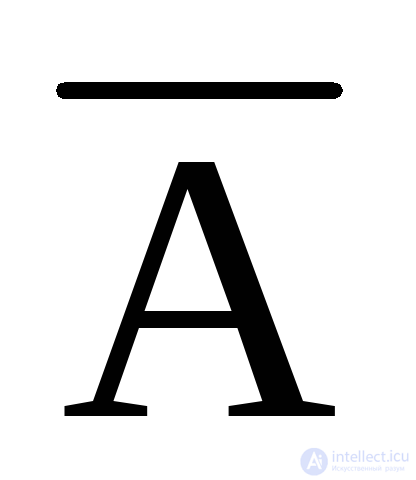 - The law of exclusion of the third ;
- The law of exclusion of the third ;
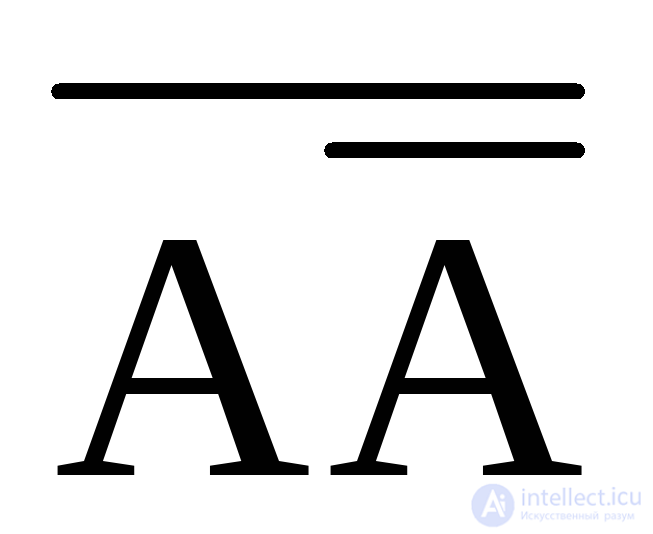 - the law of contradiction ;
- the law of contradiction ;
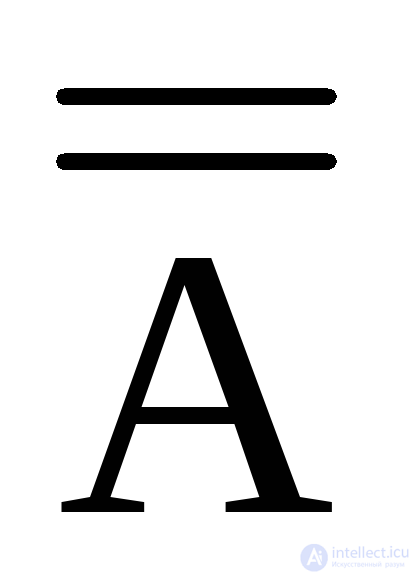 ~ A is the law of double negation ;
~ A is the law of double negation ;
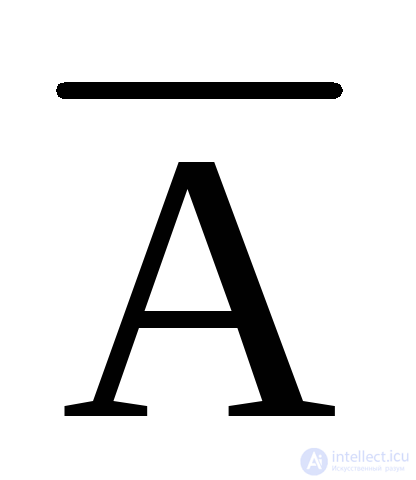 → (A → B) - falso quodlibet (from false anything);
→ (A → B) - falso quodlibet (from false anything);
(A → B) A → B - the law of separation or modus ponens ;
(A → B)  →
→ 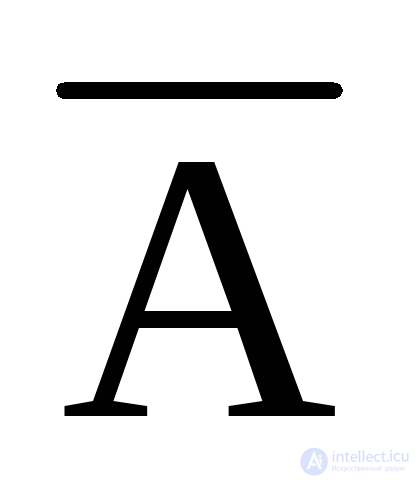 - modus tollens (proof by contradiction);
- modus tollens (proof by contradiction);
(A → B) (B → C) → (A → C) is the law of syllogism ;
(A → B) → ( 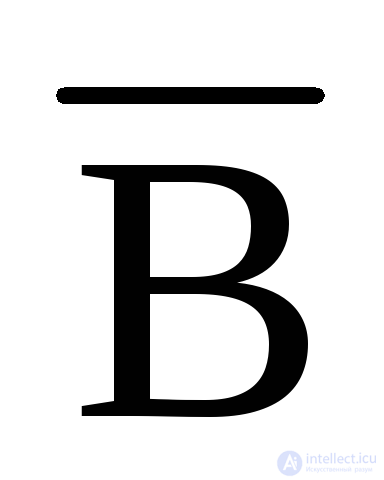 →
→ 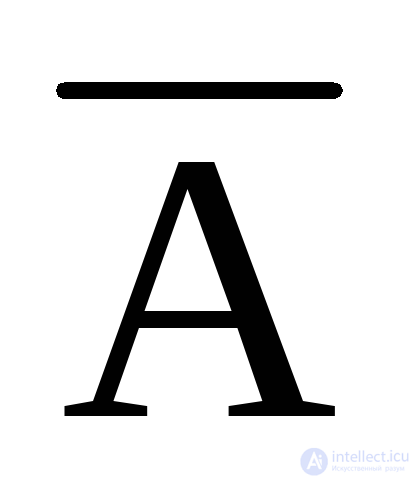 ) - the law of contraposition.
) - the law of contraposition.
Two formulas are called equivalent if on all sets of input variables they take the same values. To denote the relationship of equivalence use the symbol "  ", And the equivalence or logical equivalence of formulas A and B will be written as A
", And the equivalence or logical equivalence of formulas A and B will be written as A 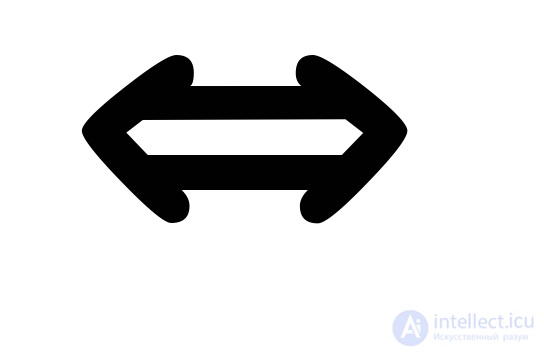 In (in natural language it will sound like this: “And then and only if B”).
In (in natural language it will sound like this: “And then and only if B”).
In the logic of statements, all evidence is based on the relation of order, i.e. on the relationship that exists between cause and effect. At the same time, the object symbol of the implication “→” is replaced with the subject symbol of metaimplication “ 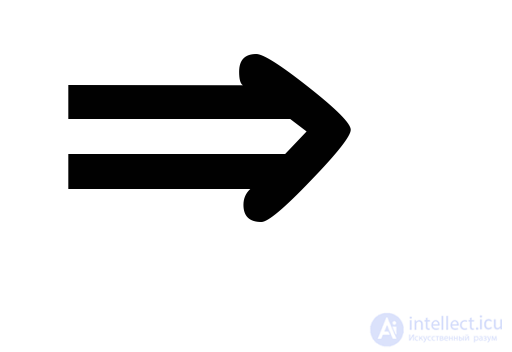 ". It is said that formula B is a logical consequence of formula A and they write A
". It is said that formula B is a logical consequence of formula A and they write A 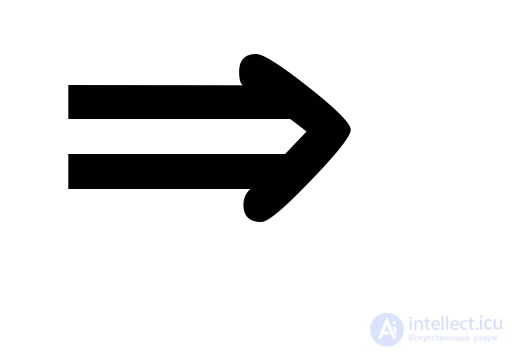 B - “if A then B”. Logical consequence
B - “if A then B”. Logical consequence  B means that truth of A implies truth of B, but if A is false, then nothing can be said about B. There is a connection between the logical consequence and the logical equivalence, which follows from the relation
B means that truth of A implies truth of B, but if A is false, then nothing can be said about B. There is a connection between the logical consequence and the logical equivalence, which follows from the relation
A ~ b  (A → B) (B → A).
(A → B) (B → A).
This ratio means: A ~ B, if and only if A → B and B → A.
Let A ~ B be a tautology, then A → B and B → A are also tautologies, i.e. | = A ~ B, if and only if | = A → B and | = B → A.
The logical consequence is a relation of order and satisfies three laws: - reflexivity : A 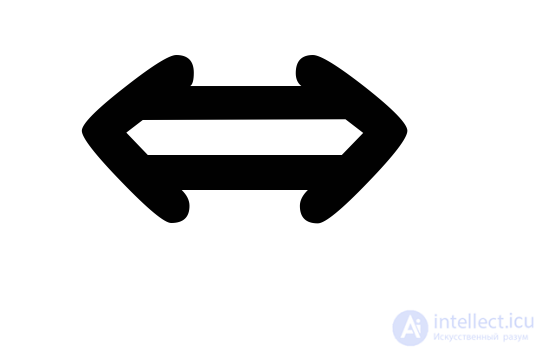 BUT;
BUT;
- antisymmetry : if A 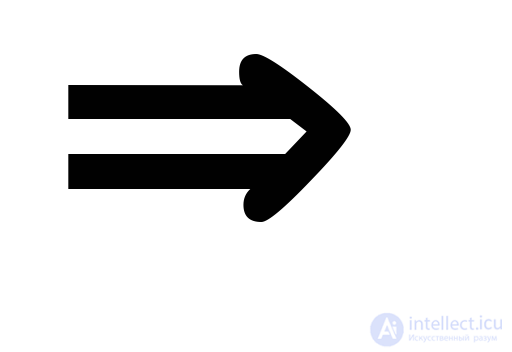 In, In
In, In 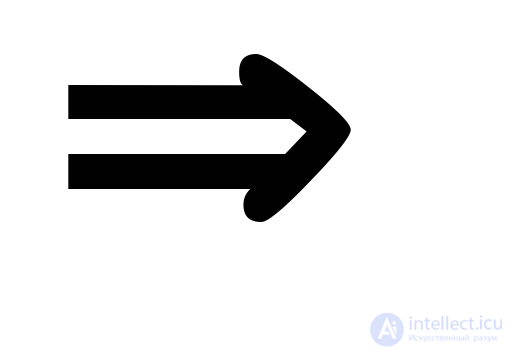 BUT;
BUT;
- transitivity : if A 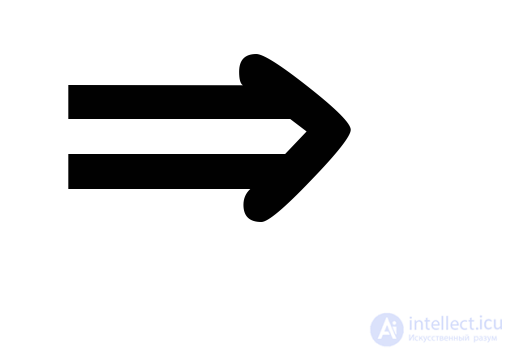 B and B
B and B 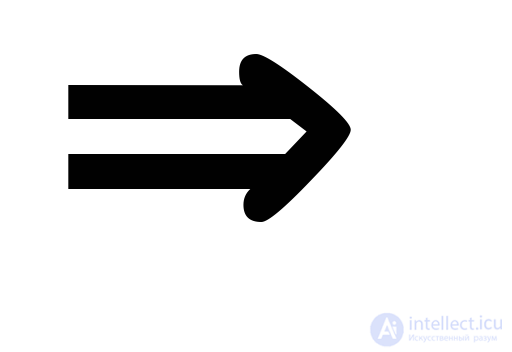 C, then A
C, then A 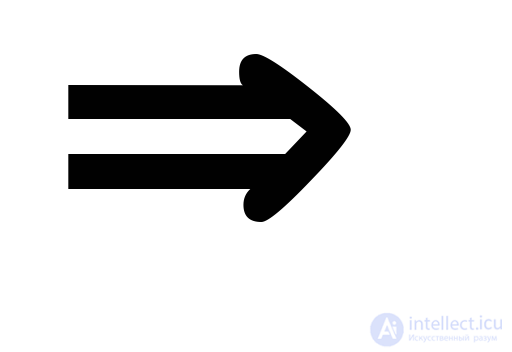 WITH.
WITH.
Instead of letters in a logical consequence, you can put object statements, and then it will be filled with specific content, which is called a legend.
For example: we have A → B, A  B. If we accept that A flashed lightning , B thunder boomed , then we can make up the following legend: “ It is known that if lightning flashed, then thunder will burst. Lightning flashed, therefore, should blow thunder. "
B. If we accept that A flashed lightning , B thunder boomed , then we can make up the following legend: “ It is known that if lightning flashed, then thunder will burst. Lightning flashed, therefore, should blow thunder. "
The formalization of the processes of evidence and conclusions in the logic of statements is of great practical importance and allows you to build schemes of evidence that can be implemented on a computer. The proof here is based on a relation of order, which is a general case of an equivalence relation. The logic of statements is an extension of Boole's logic, therefore all true identities of Boolean logic automatically become fair logical consequences of the logic of statements.
Comments
To leave a comment
Finite state machine theory
Terms: Finite state machine theory